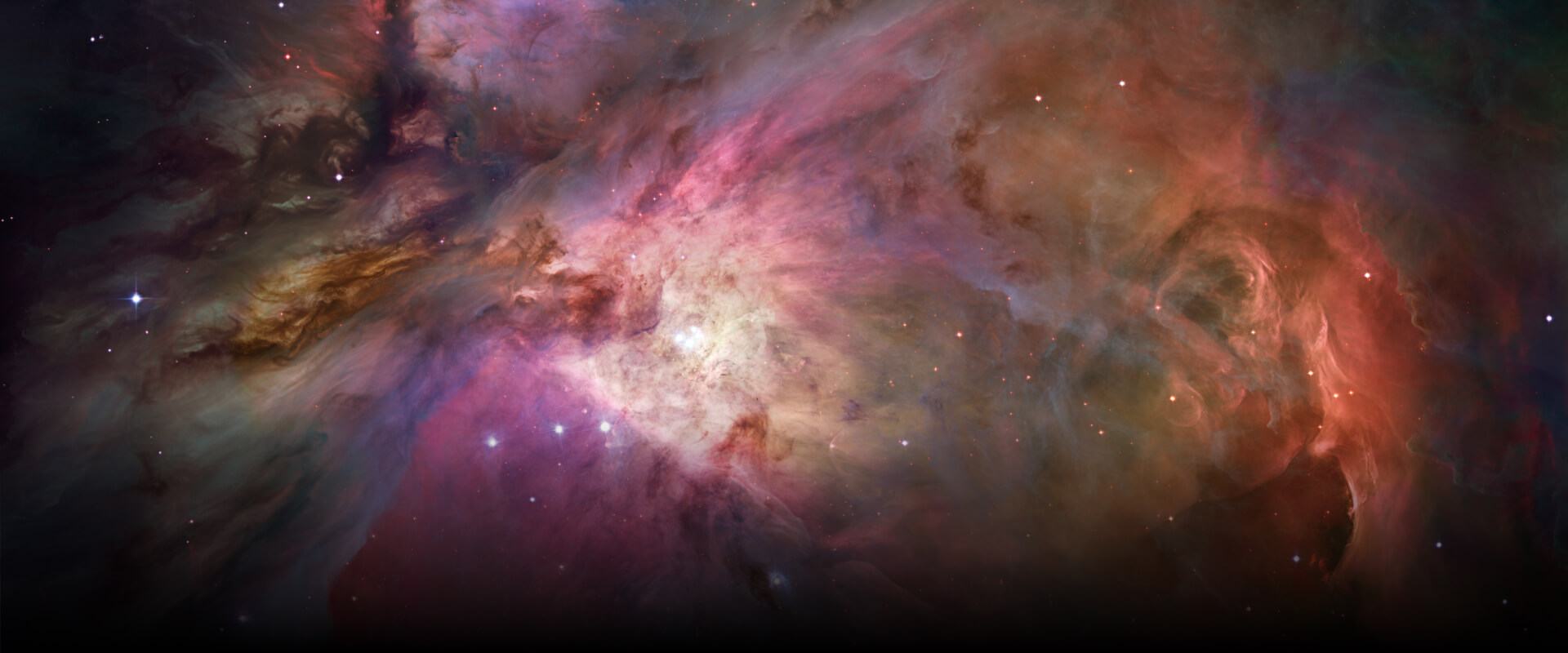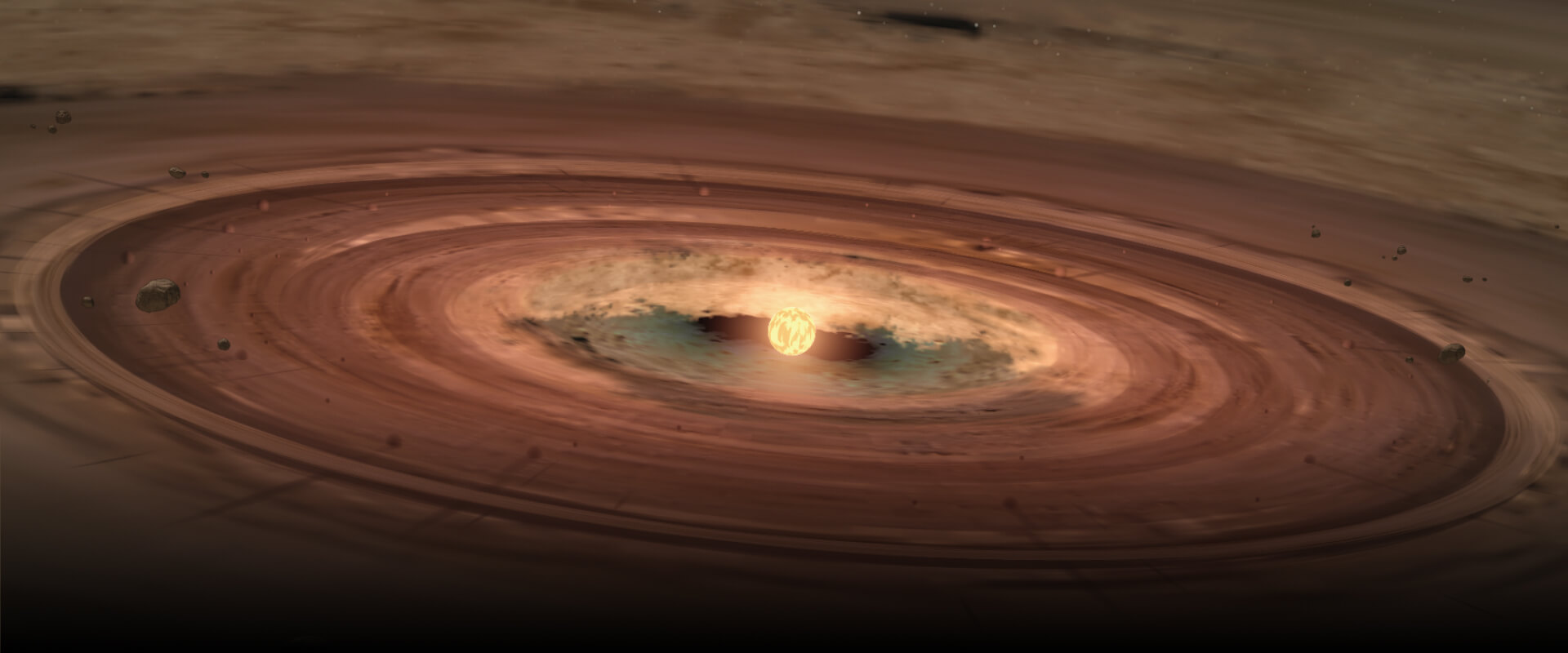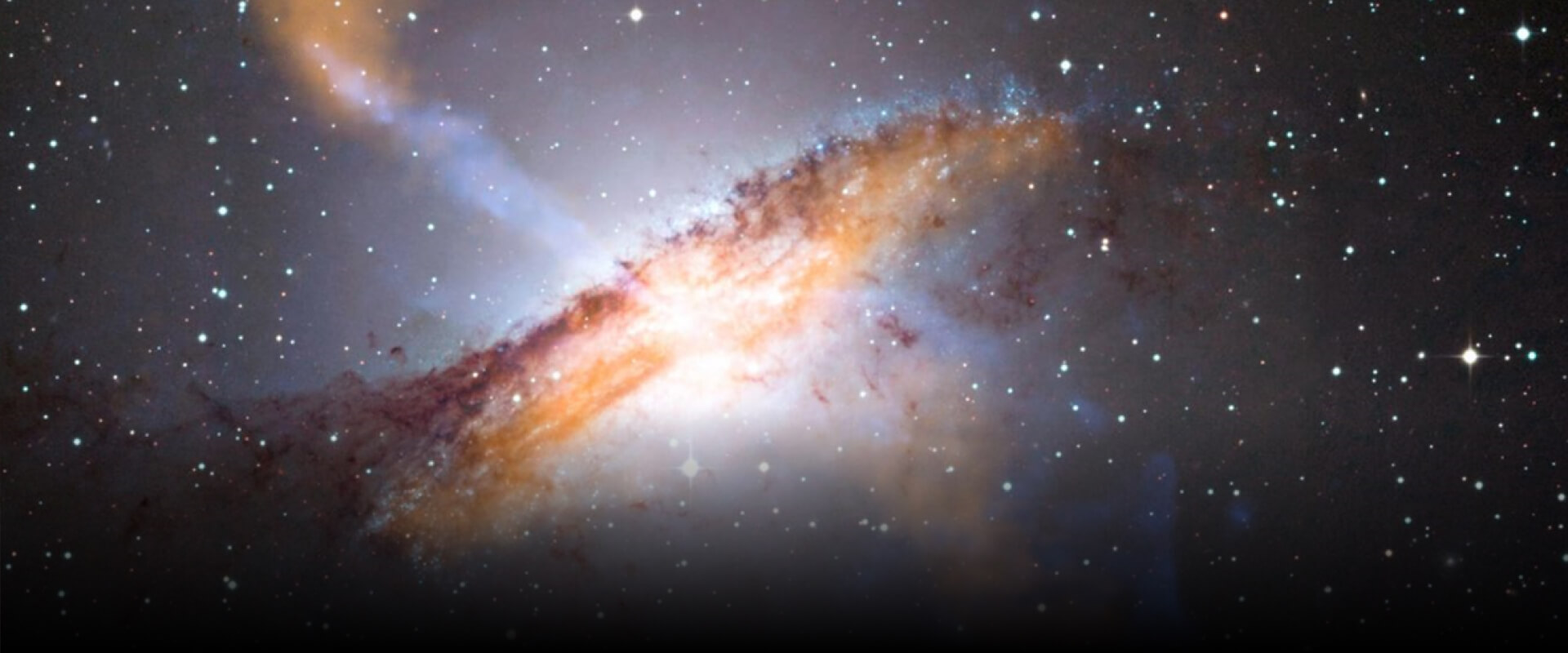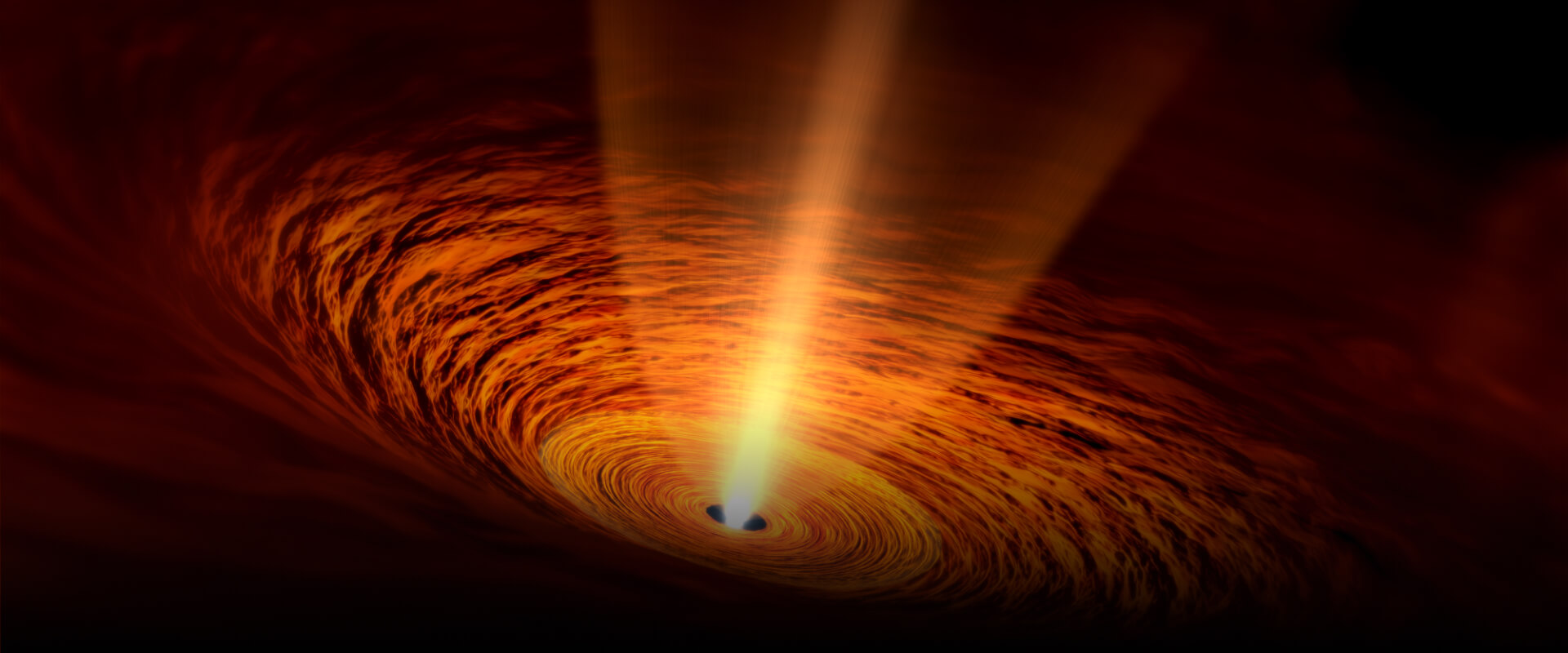Division of Science, NAOJ
Yuka Fujii and Akimasa Kataoka received The Young Scientists’ Award of The Commendation for Science and Technology by the Minister of Education.
the Minister of Education, Culture, Sports, Science and Technology The Commendation for Science and Technology by the Minister of Education
personal webpage of Yuka Fujii
personal webpage of Akimasa Kataoka
Dr. Peter Behroozi has been named a Clarivate Highly Cited Researcher in the field of Space Science for 2023. This award recognizes researchers who have published many papers in the last decade that ranked in the top 1% of citations received in their respective years.
See https://clarivate.com/highly-cited-researchers/ for the full list of winners.
A research team led by a Tohoku University geoscientist has discovered evidence of asteroidal ice within a meteorite. Performing high-resolution CT imaging of a primitive, 4.6 billion year old meteorite, the researchers discovered micrometer-sized ultra-porous regions inside the meteorite. It is highly likely that the regions were originally filled with ice, which has since disappeared to form the ultra-porous regions.
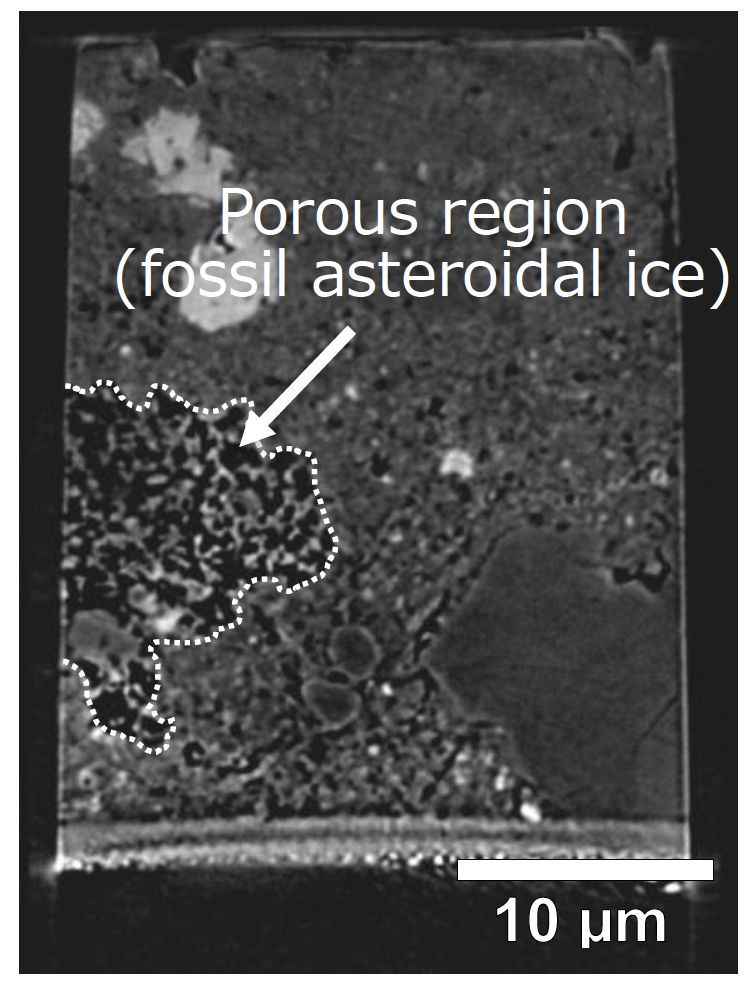
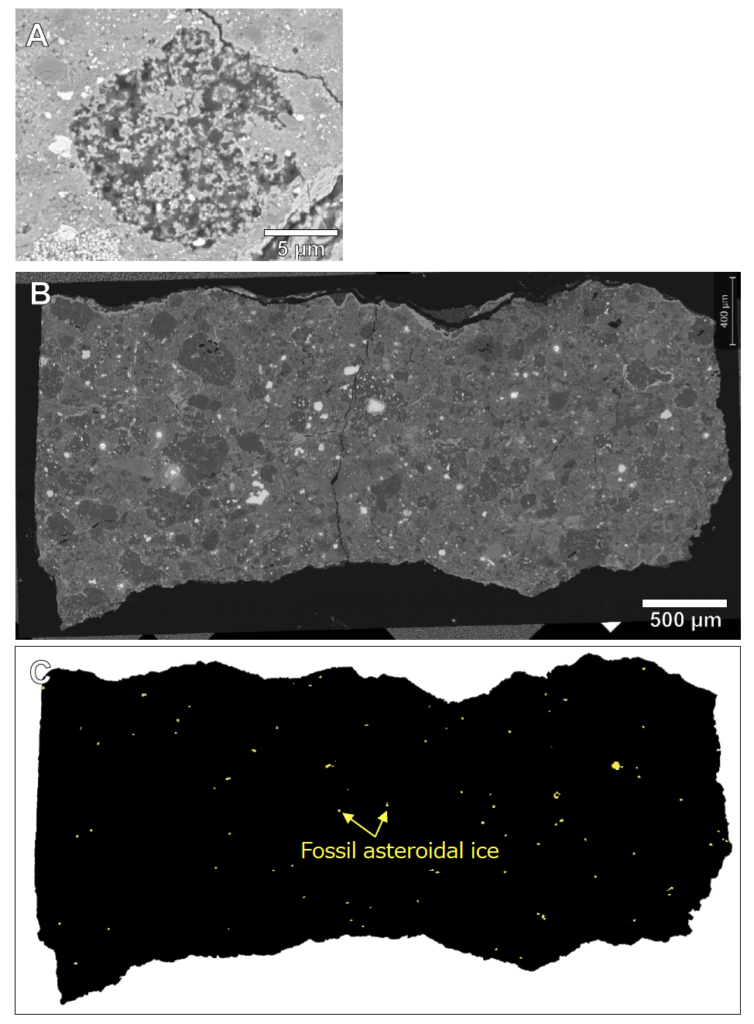
Based on the discovery, the research team proposed a new practical model indicating that the meteorite parent body (a planetesimal) formed by icy dust agglomeration through radial migration from the outer to inner regions of the early Solar System, across the H2O snow line. Their findings provide further insights into the formation of asteroids in the early Solar System.
Asteroids formed in the region outside the H2O snow line are thought to have contained some ice upon formation. It is known that there exists a large number of meteorites that seem to have experienced aqueous alteration caused by ice melting in asteroids. However, researchers have yet to discover how the primordial ice responsible for the aqueous alteration was distributed to the meteorite parent bodies.
In this study, the researchers examined a meteorite called Acfer 094. Based on their microscopic observations, they hypothesize that the ice was originally formed by the sintering of fluffy icy dust around the H2O snow line and subsequently incorporated into the meteorite parent body. The sintering process converted the fluffy icy dust into solid ice-silicate aggregates which were resistant to compaction in the meteorite parent body.
The incorporation of the aggregates into the meteorite parent body occurred around the H2O snow line during the radial migration of the parent body from the outer to inner regions of the early Solar System. After the incorporation, ice in the aggregates disappeared when an increase in temperature caused sublimation and/or melting. This resulted in the formation of ultra-porous regions inside the meteorites.
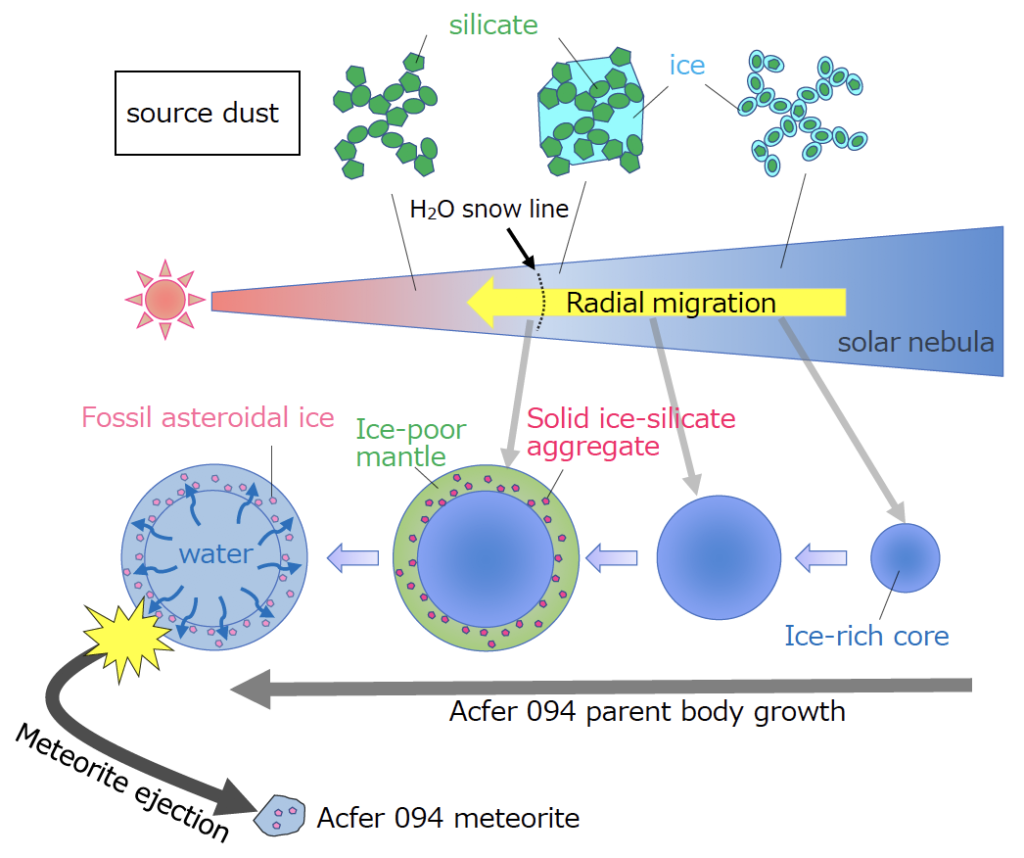
The size of porous regions in the meteorite indicates the size of the fluffy dust aggregates captured in the parent body, which provides important insight into planet formation. One of the major issues in planet formation research is how dust grains evolve to form planets. The latest theories suggest that dust aggregates of centimeter size play a crucial role in the evolution. On the other hand, radio polarimetric observations by the Atacama Large Millimeter/submillimeter Array (ALMA) indicate that the typical size of dust aggregates is about 70 micrometers. Akimasa Kataoka, a member of the research team and an assistant professor at NAOJ says “The size of the dust aggregates suggested by this research is about 10 micrometers, which is much smaller than the theoretical predictions but comparable to the size of dust aggregates suggested by the radio polarimetric observations. We would like to reveal how planets form from these tiny grains.”
These findings are important in terms of providing new insight to understand asteroid formation in the early Solar System as well as planet formation in other planetary systems. The details are described in a paper published by Science Advances online.
[Research Paper]
Title: Discovery of fossil asteroidal ice in primitive meteorite Acfer 094
Journal: Science Advances
Authors: M. Matsumoto, A. Tsuchiyama, A. Nakato, J. Matsuno, A. Miyake, A. Kataoka, M. Ito, N. Tomioka, Y. Kodama, K. Uesugi, A. Takeuchi, T. Nakano and E. Vaccaro.
DOI : 10.1126/sciadv.aax5078
[For the Use of Contents in This Website]
- Contents are to be used with a clear indication of its copyright (e.g. (c) NAOJ.)
- If you would like to use the contents found in this web site, please follow Terms of Use of the Website of NAOJ.
